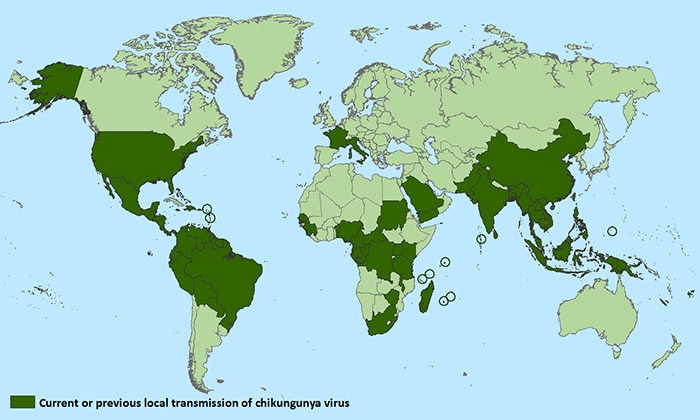Archive for April, 2016
USGS: Induced Earthquakes
Thursday, April 14th, 2016Within the central and eastern United States, the number of earthquakes has increased dramatically over the past few years. Between the years 1973–2008, there was an average of 21 earthquakes of magnitude three and larger in the central and eastern United States. This rate jumped to an average of 99 M3+ earthquakes per year in 2009–2013, and the rate continues to rise. In 2014, alone, there were 659 M3 and larger earthquakes. Most of these earthquakes are in the magnitude 3–4 range, large enough to have been felt by many people, yet small enough to rarely cause damage. There were reports of damage from some of the larger events, including the M5.6 Prague, Oklahoma earthquake and the M5.3 Trinidad, Colorado earthquake.
This increase in earthquakes prompts two important questions:
- Are they natural, or man-made?
- What should be done in the future as we address the causes and consequences of these events to reduce associated risks?
Increasing Rate of Earthquakes Beginning in 2009

Cumulative number of earthquakes with a magnitude of 3.0 or larger in the central and eastern United States, 1970–2016. The long-term rate of approximately 29 earthquakes per year increased sharply starting around 2009.
Boko Haram, one of the world’s deadliest extremist groups, has used at least 105 captured women and girls in suicide attacks since June 2014.
Wednesday, April 13th, 2016
“….last month, a woman dressed as a man set off her explosives during morning prayers in a village in northeastern Nigeria. Another woman was waiting outside the mosque, and as people fled the first blast, she detonated her own explosives as well. In all, at least 24 people were killed….”
UNICEF: Boko Haram used 44 children in suicide attacks last year, the youngest bomber so far is thought to be 8 years old.
Tuesday, April 12th, 20164,587 new cases of chikungunya in the Americas over a 2-week span, bringing the 2016 outbreak total to 41,116 confirmed and suspected cases.
Tuesday, April 12th, 2016
Saudi Arabia’s Ministry of Health reported two new MERS-CoV cases, one recovery, and the deaths of two previously reported patients over the past several days.
Tuesday, April 12th, 2016-1.gif)
Immunocytochemistry and electron microscopy indicate that ZIKV targets human brain cells, reducing their viability and growth.
Tuesday, April 12th, 2016“….The team observed that Zika virus infects human-derived pluripotent stem neural cells, neurospheres, and cerebral organoids, which led to cell death, malformations, and 40% growth reduction…..”
Potential Zika Crisis: Some of the weakest spots for mosquito control are in places where the Aedes aegypti mosquito regularly appears — in Mississippi, Alabama, Georgia and the Carolinas, and along the Texas coast — largely because they lack the tax base to pay for it
Tuesday, April 12th, 2016
“….If there were ever a place most at risk for homegrown Zika, it is Florida, the state with the largest number of imported Zika cases in the continental United States — 74 reported at last count. And Miami-Dade ….. is the county in Florida with the most reported cases, 32…..
Miami-Dade County, population 2.8 million, spends just $1.8 million on mosquito control, enough for a staff of 17, of whom 12 are inspectors. In contrast, Lee County, home to Fort Myers and 660,000 people, spends $16 million a year and has a staff of 88….”
Zika Virus may cause additional neurological problems: The brain swelling, called acute disseminated encephalomyelitis (ADEM), resembles multiple sclerosis in some symptoms but is not permanent.
Monday, April 11th, 2016“….Six people developed neurological symptoms and two suffered attacks that swelled the brain and damaged its myelin, the fatty material that protects nerves there and at the spinal cord……
All the people arrived in the hospital with a fever, then a rash, and some suffered red eyes, itching and aching muscles and joints – the known symptoms of the Zika virus. The neurological symptoms sometimes began immediately, or as long as 15 days after patients first sought treatment…..”




